Business Story : Culturespaces, An arts affaire
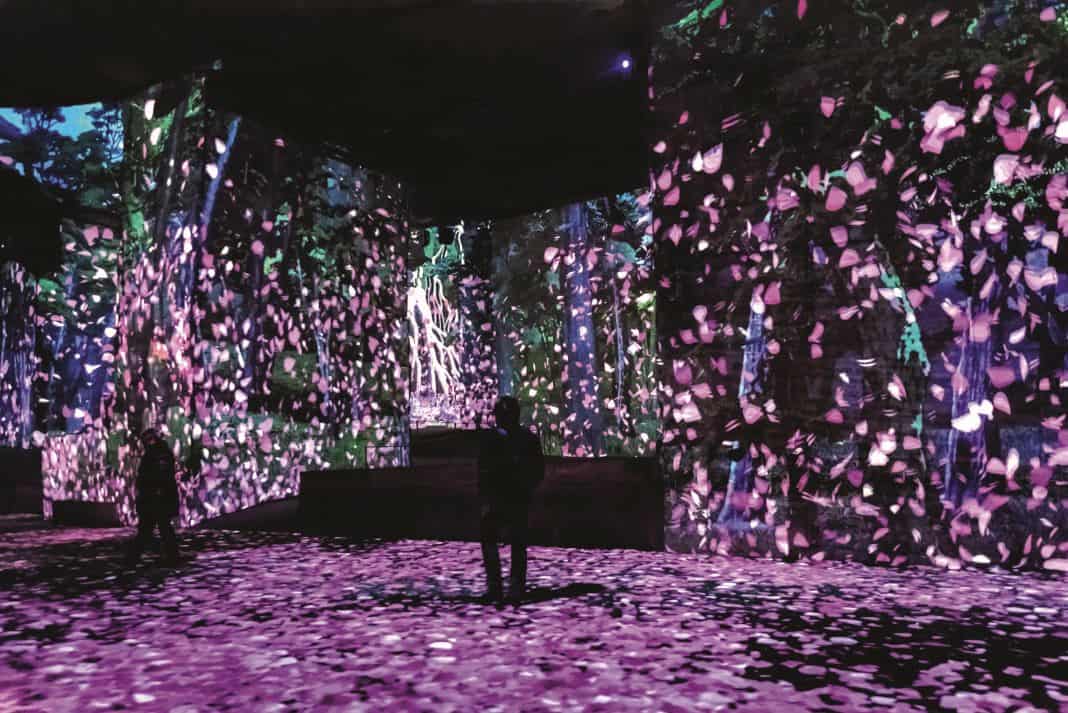
In less than 30 years, Culturespaces has positioned itself as France’s leading private operator of cultural venues. The 14 sites, museums and art centers it manages are all flourishing. And thanks to its recent focus on digitalization, it’s flying even higher.
The Culturespaces adventure began at the end of the 1980s. Bruno Monnier (MBA.78), head of projects for the Ministry of Culture, was thinking about how to modernize the management of France’s museums and monuments for the 21st century. He noticed that Anglo-Saxon private foundations were leaders in this field. When his term at the ministry ended, he founded Culturespaces in 1990. His goal: to offer to manage and add value to sites and cultural venues for organizations and cultural institutions, using dynamic, innovative management techniques and without relying on subsidies! “For our very first project, in 1990, for the Palais des Papes in Avignon, we decided to open it every day and to provide free audio guides as well as fun materials for kids,” says Bruno Monnier. “This became our trademark: putting visitors first!”
A revolution in a sector that was traditionally more oriented toward collecting public subsidies than serving the public, and whose institutions were not always managed properly. He adds, “In some sites, setting up a new ticketing service resulted in a 20% jump in cash-register revenues!” Culturespaces grew quickly: initially managing prestigious sites, it soon began to manage museums, and then to organize and create content for historic recreations.
No subsidies, making visitors the priority: a revolution in the sector
La Business Story de Culturespaces en images
-
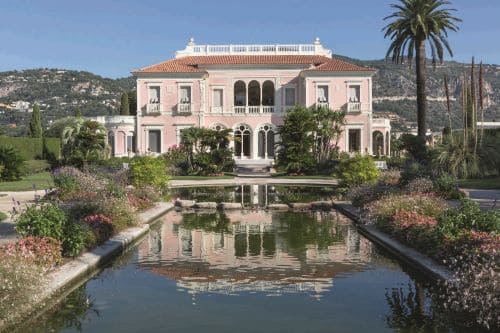
1992 : After its first project for the Palais des Papes in Avignon, Culturespaces tackled a new kind of cultural venue when it took on the management of the Villa Ephrussi de Rothschild and its nine gardens in Saint-Jean-Cap-Ferrat. -

1999 : Culturespaces transformed the City of the Automobile, in Mulhouse. France’s biggest technical museum, it houses the most extensive collection of automobiles in the world: 400 cars displayed over 25,000 square meters! -
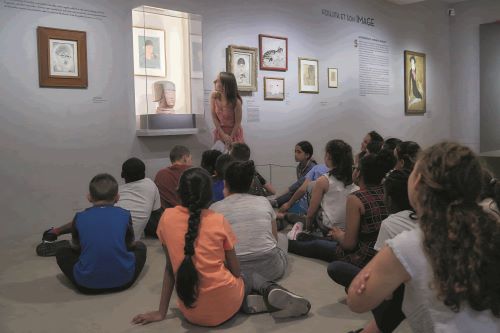
2009 : Creation of the Culturespaces Foundation, which helps children who are ill, handicapped or disadvantaged by poverty to have access to the arts and to patrimony. Some 16,000 children have benefited from the foundation’s programs to date. -

2010 : In the Roman arena of Nimes, Culturespaces inaugurated France’s biggest historical recreation: the three-day Grands Jeux Romains (Great Roman Games). Now the event attracts some 30,000 visitors every year. -
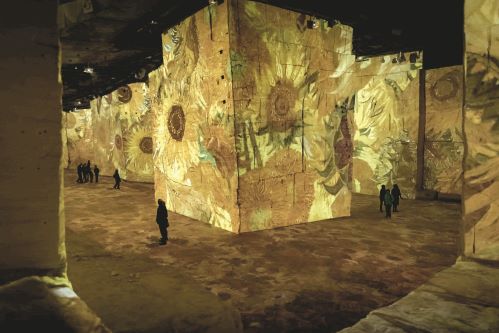
2012 : Les Carrières de Lumières in Baux-de-Provence makes headlines with a new kind of digitalized immersive exhibition, “Gaughin, Van Gogh; Painters of Color”, which welcomed 230,000 visitors in its first year. -
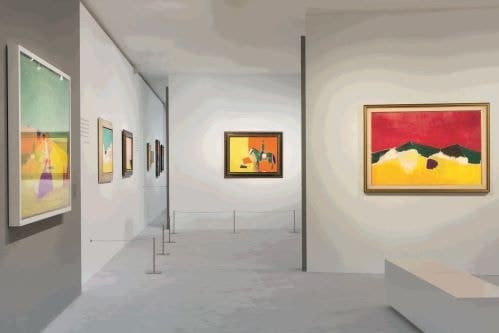
2015 : After acquiring and completely restoring the Hôtel de Caumont in Aix-en-Provence, Culturespaces created an art center whose shows (Canaletto, Turner) attract more visitors than any other in the region. -

2018 : Set in a renovated foundry in the heart of Paris’s 11th district, L’Atelier des Lumières is the city’s first digitalized art center. Its first show, “Gustav Klimt”, attracted around 1.2 million visitors. -
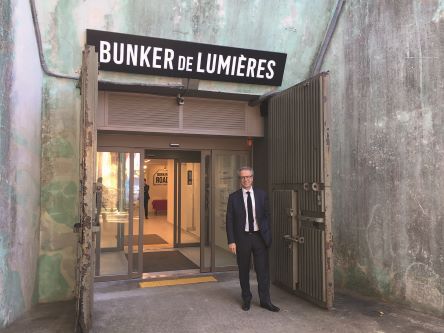
2018 : Taking the concept of digitalized shows abroad: the Bunker de Lumières, which opened last November on Jeju Island in South Korea, is Culturespaces’ first international franchise.
Customized management
And it did all this while always meeting the highest cultural standards and being true to each site’s special character, as Foulques d’Abonville (E. 17), the administrator of the Jacquemart-André and Maillol museums, explains: “Jacquemart-André has a very distinctive personality which we have been promoting for 25 years: it houses art brought together by many collectors, and it is overflowing with works from the Italian renaissance and 18th century France as well as 17th century Flemish paintings. Its shows are based on these three themes. Maillol museum, which we have been managing since 2016, has a more concise and more modern collection. We try to highlight this through coherent programming: Giacometti, Foujita…”
Shows are organized by a committee made up of representatives from all parts of the Exhibitions division of Culturespaces, and by curators. “Every site must support itself financially. We recruit, train and lead our own teams to run the restaurant, reception, security and the gift shop. The restaurant’s menu and the items offered in the gift shop are changed regularly to reflect each exhibition, in order to enhance visitors’ experiences.”
Building the future
The company also knows how to reinvent itself. Its investment in the Hôtel de Caumont (Aix-en-Provence) proves that Culturespaces can create a major art center from scratch. Most impressive of all, it has transitioned to the digital age brilliantly. In 2012, Culturespaces launched shows at the Carrières de Lumières, in Baux-de-Provence, that used digitalization to immerse visitors in works by major artists. This was such a resounding success that the company opened L’Atelier des Lumières in Paris in April 2018. “We invented a new, powerful kind of artistic and collective experience,” explains Luc Archambeaud (MBA.13), Culturespaces’ head of development. “We offer unique expertise and the world’s most advanced image technologies,” he says.
Demand is growing. He explains, “Our strategy is to focus on high-quality development of iconic sites all over the world.” The company’s first international project, a digital art center in Jeju (South Korea), opened in December 2018 and has attracted 60% more visitors than originally estimated. What’s next? The Bassins de Lumières project in Bordeaux, set to open in 2020. “But we are still ready to work with owners of ‘sleeping beauties’ who would like us to manage their sites!” Luc Archambeaud insists.
Published by Marianne Gérard

